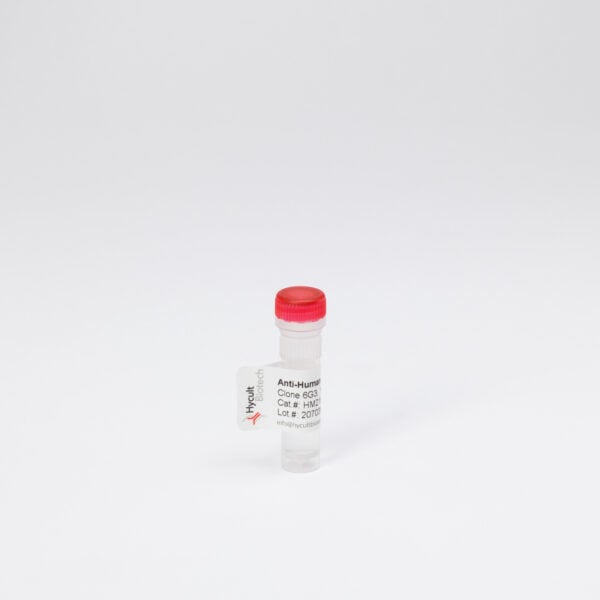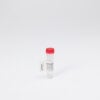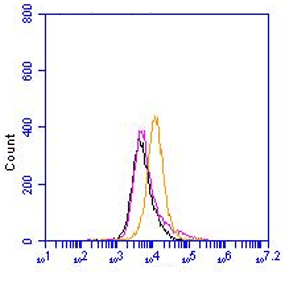Coagulation factor XII, Human, mAb 10-11-37
€133.00 – €510.00
Monoclonal antibody 10-11-37 recognizes Coagulation Factor XII (FXII, Hageman factor). FXII is a
serine protease and plays a role in blood coagulation, fibrinolysis, kinin and complement systems. The
protein is the zymogen of the serine protease factor XIIa (FXIIa). FXII is converted to FXIIa through
autoactivation induced by contact to charged surfaces, also known as the plasma contact system. FXII
is predominantly synthesized in the liver and is composed of fibronectin type I and II domains, two
epidermal growth factor-like domains, a kringle region, a proline-rich domain and a catalytic domain. Its
molecular weight is approximately 80kDa on SDS-PAGE gel electroforeses. The protein circulates in
the plasma at a concentration of 30-35 μg/ml.
FXII forms the plasma contact system together with high molecular weight kininogen and plasma
kalikrein. FXII autoactivates when these three proteins form a complex on negatively charged
nonphysiological surfaces, like inorganic surfaces (eg silicon tubes) or macromolecular organic surfaces
(eg heparin) bound to the surface of different cell types, including endothelial cells, platelets and
neutrophils. It can trigger blood coagulation and generation of proinflammatory bradykinin. After surface
complexation, FXII autoactivates into FXIIa, also called factor XII fragment(XIIf). Once small amounts
of kalikrein are formed a positive feedback loop is active leading to enhanced conversion into FXIIa.
The activation leads to a series of active enzyme formation. FXIIa converts prekallikrein to kallikrein and
kallikrein digests kinogen to liberate proinflammatory bradykinin. Bradykinin triggers inflammatory
reactions via activating endothelial cells resulting in vasodilatation, increased vascular permeability and
production of other mediators like nitric oxide.
The contact system has the ability to activate the complement system via the classical pathway.
Simultaneous activation of both systems may lead to pathological conditions, like hereditary
angioedema in individuals with dysfunctional C1-inhibitor (C1-IHB). FXIIa can activate complement
protein C1r and to a lesser degree C1s in absence of C1-IHB. This leads to unimpeded bradykinin
formation resulting in angioedema. Other interactions with complement system are found on the level
of gC1qR and MASP-1. The antibody is specific for the heavy chain of FXIIa.











